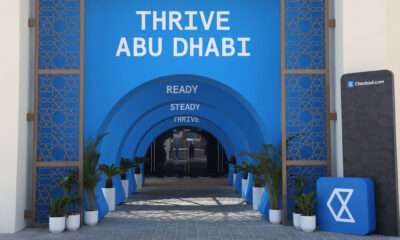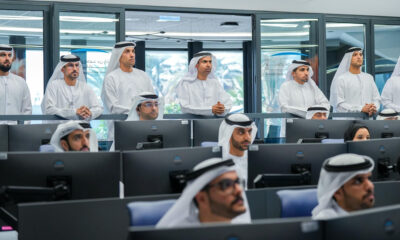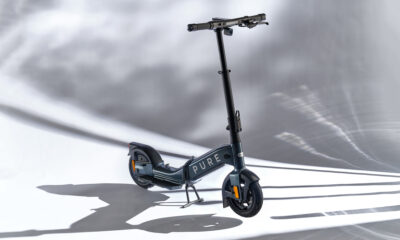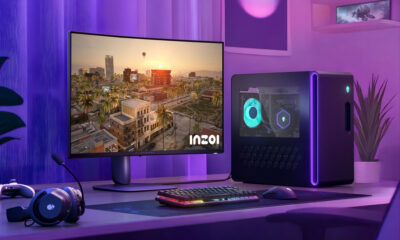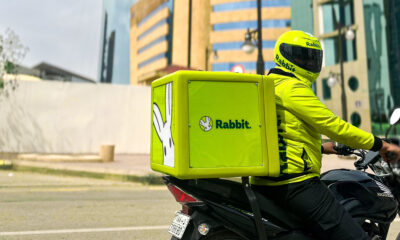News
SpaceX Dragon Spacecraft Prepares For February 27 Flight
Sultan Al-Neyadi from the United Arab Emirates will join Crew-6 astronauts to travel to the International Space Station for a six month mission.
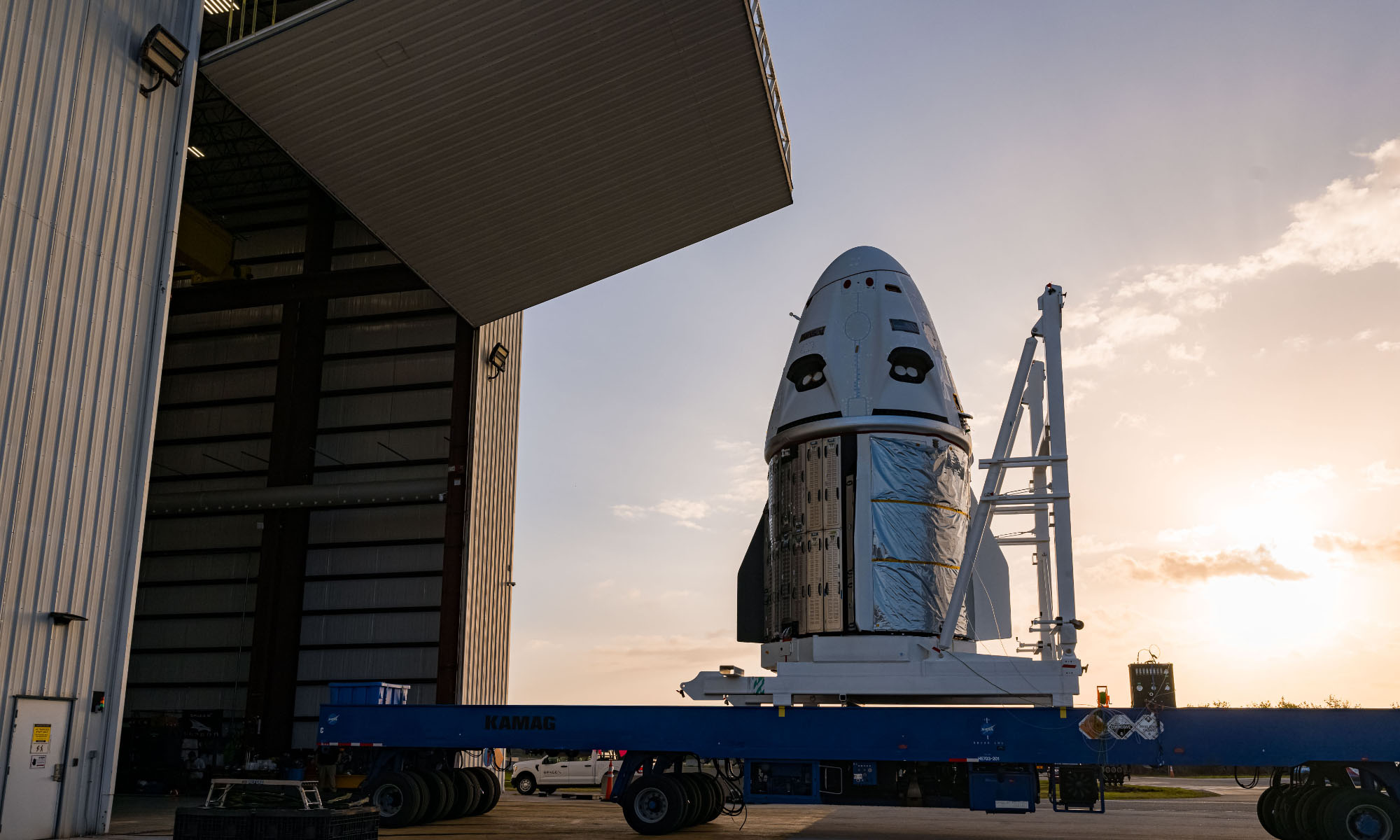
The SpaceX Dragon astronaut shuttle Endeavour has been positioned at launch pad 39A of NASA’s Kennedy Space Center in Florida as engineers prepare for this weekend’s scheduled flight to the International Space Station (ISS).
Crew-6 Dragon arrives at LC-39A ahead of flight pic.twitter.com/QhAKqPFl6t
— SpaceX (@SpaceX) February 19, 2023
At 1:45 AM EDT (06:45 GMT) on February 27th, Endeavour will blast off atop a SpaceX Falcon 9 rocket to commence the Crew-6 mission. Crew-6 is a team of four astronauts who will travel to the International Space Station for around 6 months and is composed of Russian cosmonaut Andrey Fedyaev, US astronauts Stephen Bowen and Woody Hoburg from NASA, and UAE’s astronaut Sultan Al-Neyadi.
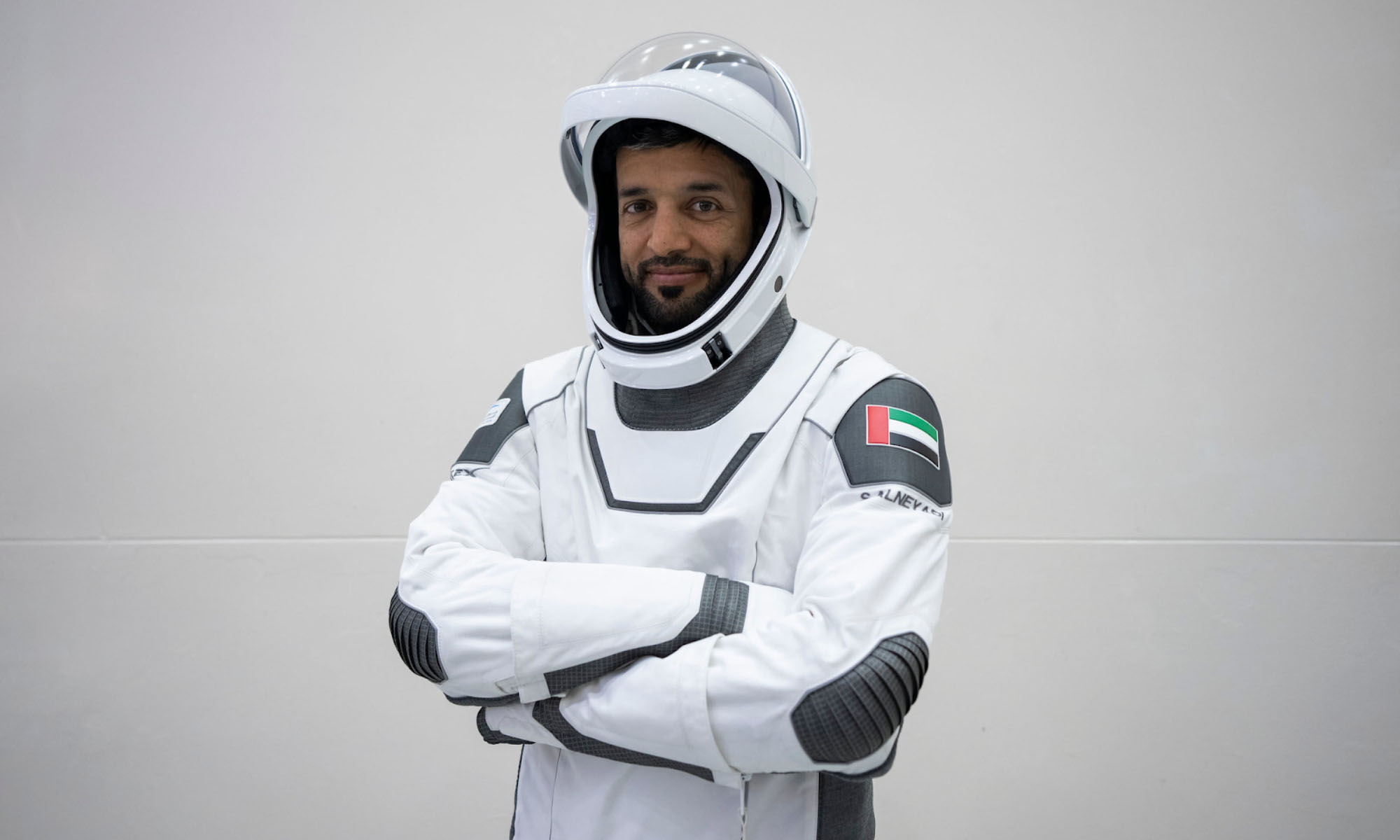
When Al-Neyadi’s trip to the ISS is complete, he’ll become the first Arab astronaut to complete an extended stay at the station, beating Hazzaa Ali Almansoori’s 2019 eight-day mission.
Also Read: Emirates Is Preparing To Build A $135 Million Pilot-Training Facility
Endeavour will dock with the ISS on the morning of February 29th. After that, another Dragon spacecraft will return to earth with outgoing NASA astronauts Josh Cassada and Nicole Mann, Japan’s Koichi Wakata, and Russia’s Anna Kikinapa.
The Crew-6 mission will be the Endeavour spacecraft’s fourth trip to the ISS. SpaceX’s first crewed trip took place in 2020, followed by Crew-2 in 2021 and Ax-1 in April 2022, the first privately crewed journey to the ISS.
News
Influencer Growth Fuels Saudi Creator Economy Surge
The Kingdom’s creator economy grew over 32% in Q1 2025, fueled by TikTok, UGC, and cost-per-action (CPA) influencer models.
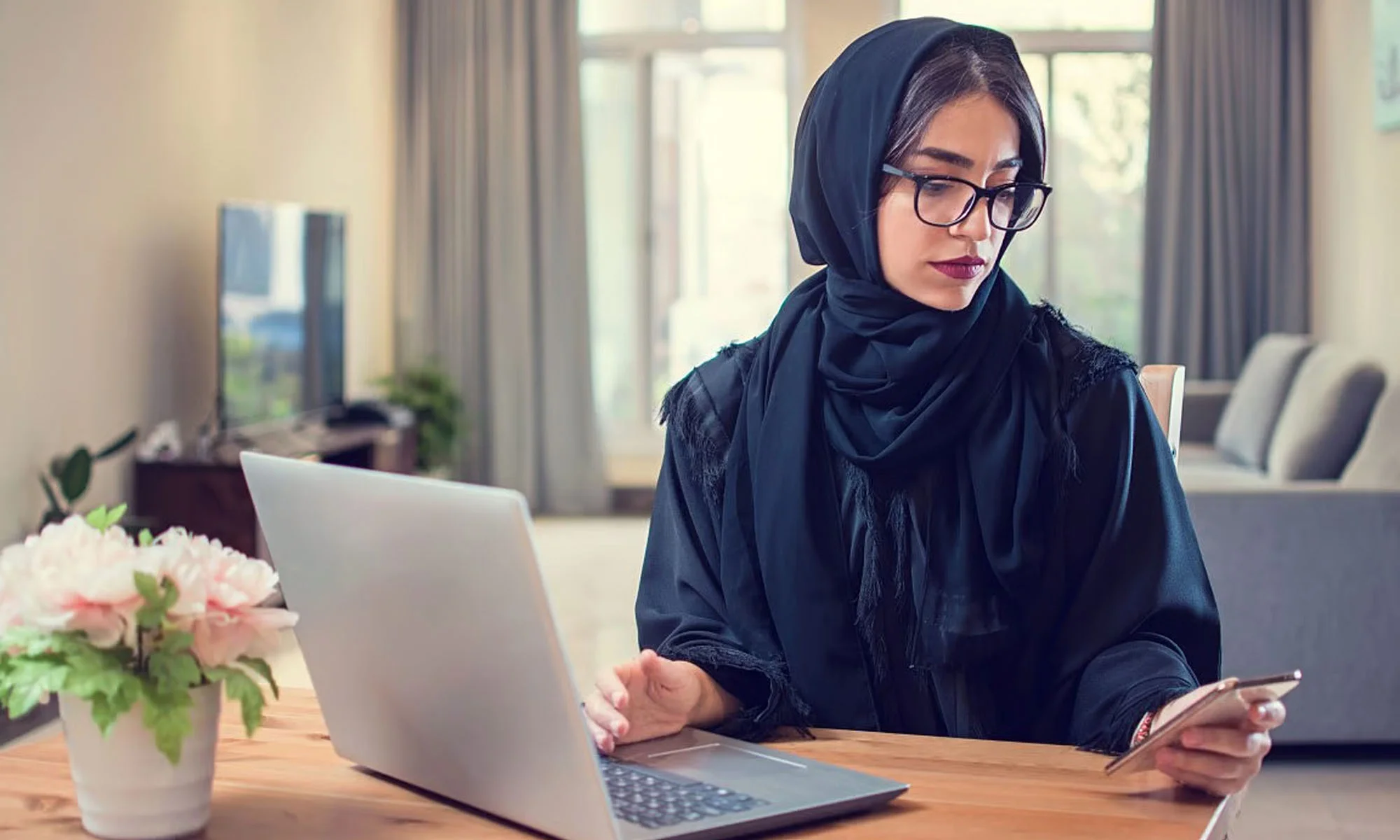
Saudi Arabia’s creator economy saw a significant 32.37% growth in the first quarter of 2025, driven by an uptick in influencer marketing, content-driven e-commerce, and the increasing influence of user-generated content (UGC). These insights come from a recent study by Admitad and the Stllr Network.
Much of this momentum is coming from video-based platforms, where brands are leaning on creators who feel more relatable than polished ad campaigns. The trend shows a clear preference for authenticity, as audiences gravitate toward content that feels real and personal.
Mohannad Alzahrani, Co-founder and VP KSA of Stllr Network, highlighted the shift: “The rise of user-generated content (UGC) is changing the way brands engage with consumers. Audiences trust real creators more than traditional advertising, making UGC a key driver of authenticity and sales”.
TikTok remains the dominant platform in this space, reportedly reaching 88% of the Saudi population. It also showed the sharpest rise in influencer-led transactions. Other platforms followed with solid, if less dramatic, growth: X was up 17%, Instagram increased by 12%, and Telegram by 10%.
In terms of content niches, beauty led the pack with a 56% growth rate, followed by lifestyle at 45.8% and fashion at 18.2%. Tech content also showed healthy traction at 10.6%, while entertainment, food, fitness, parenting, and gaming posted smaller — but still positive — gains.
Also Read: Top E-Commerce Websites In The Middle East In 2025
The report analyzed more than 300,000 influencer-driven purchases. These efforts translated into a 15% year-on-year jump in Gross Merchandise Value (GMV) and a 5% increase in the number of orders in 2024. Influencers themselves are seeing the benefit, with average order values hitting $54 and creator earnings rising by 14%.
A noticeable trend is the move away from fixed-rate deals. More influencers in Saudi Arabia are embracing hybrid compensation models — especially cost-per-action (CPA) setups that tie their earnings directly to performance.
As Anna Gidirim, CEO of Admitad, explains, “The CPA model brings much-needed transparency to influencer marketing. Brands only pay for actual results, and influencers benefit by securing long-term partnerships while offering their audiences exclusive promo codes and special discounts”.
However, the ecosystem still shows a gender imbalance. The data indicates that 63% of creators in Saudi Arabia are men, while women account for just 37%.


